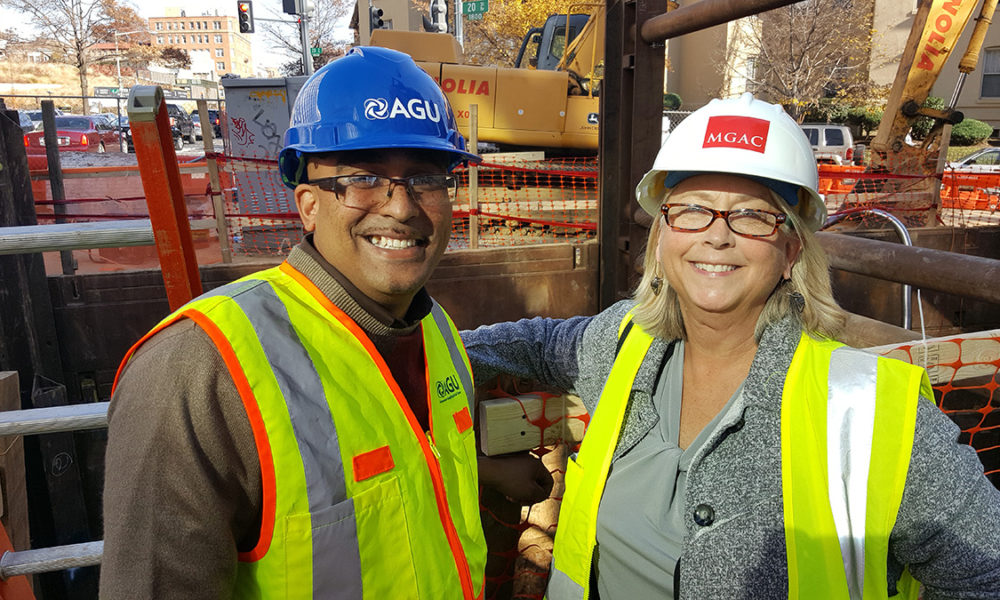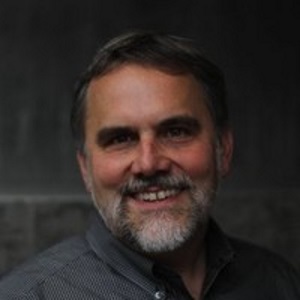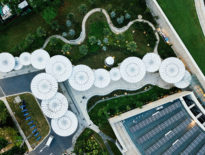Last week, I was in the District of Columbia, hosting a zero energy seminar and reception as part of our Zero Energy Roadshow partnership with Arup. While I was there, I was able to check in on the construction progress of one of my favorite ZE projects—the American Geophysical Union Headquarters, which is a ILFI registered Zero Energy project. This project is a retrofit of an existing five-story office building—really pushing the envelope of what is feasible to achieve with zero energy. It is about halfway complete.
Matthew Boyd, Building Services Manager for the American Geophysical Union, and Greta Perry, Vice President of MGAC and owner’s representative for the project, kindly gave me a behind the scenes tour of the project. I have been working with Matthew, Greta, Hickok Cole Architects, and Interface Engineering for a couple of years now on zero energy elements of the project.
One highly innovative part of the project is that it will use sewage heat recovery for a pre-warming system for the building’s heat pumps. This system operates akin to a ground source heat pump—sewage is diverted from the adjacent sewer main into a mechanized holding system, where the latent heat in the waste stream provides a thermal base for the heat pumps to then lift to full temperature (on average, sewage temperatures are quite warm—often well into the 60s Fahrenheit—think about the cumulative thermal energy of thousands of hot showers!).

Remarkably, the sewage trunk adjacent to the site was built in the 1890s and is still fully in use. Serendipitously, the pipe had been cut and opened the day before my arrival, giving me a chance to check the main out. To maintain the main’s structural integrity, the Skanska construction team had shotcrete the interior of the pipe. After the shotcrete had dried, the entire assembly was sawcut, and the opening lifted out intact. It was really cool to see a piece of historic infrastructure being reconfigured to be maximally efficient.
It is incredibly exciting to see the project underway. The ILFI has been working with the District government for a number of years now on zero energy innovations—through the 2014 Net Zero and Living Building Financial Study, prepared jointly with New Buildings Institute and Skanska; a series of zero energy events and charrettes in 2015; and finally the Clean Energy DC Plan, prepared in conjunction with Integral Group and the Institute for Market Transformation. The idea of sewage heat recovery was discussed in some of the 2015 zero energy charrettes—it is exciting to see people, ideas, and momentum growing into real, tangible projects, which will, in turn, impact the broader understanding of climate solutions in the US capitol.



